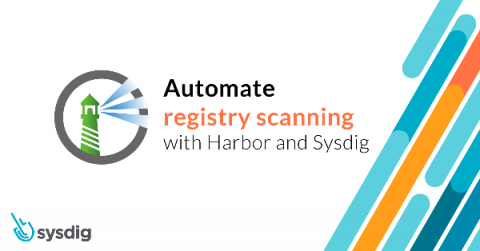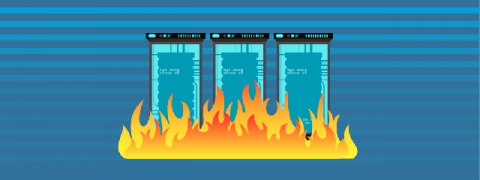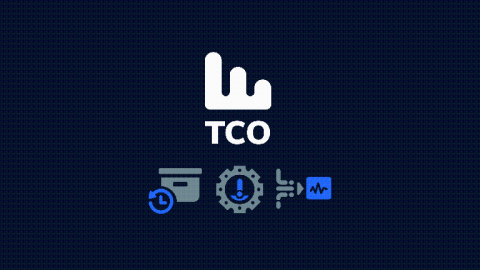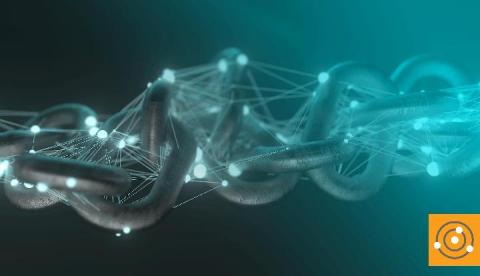6 Tips for Nailing Your Remote Job Interview
Interviewing for a new job and finding your right fit is tough enough, not to mention the added stress of interviewing during the COVID-19 pandemic. As stated on our Careers Page, our process is pretty consolidated and we move quickly (you have to when you’re a growing tech company).











